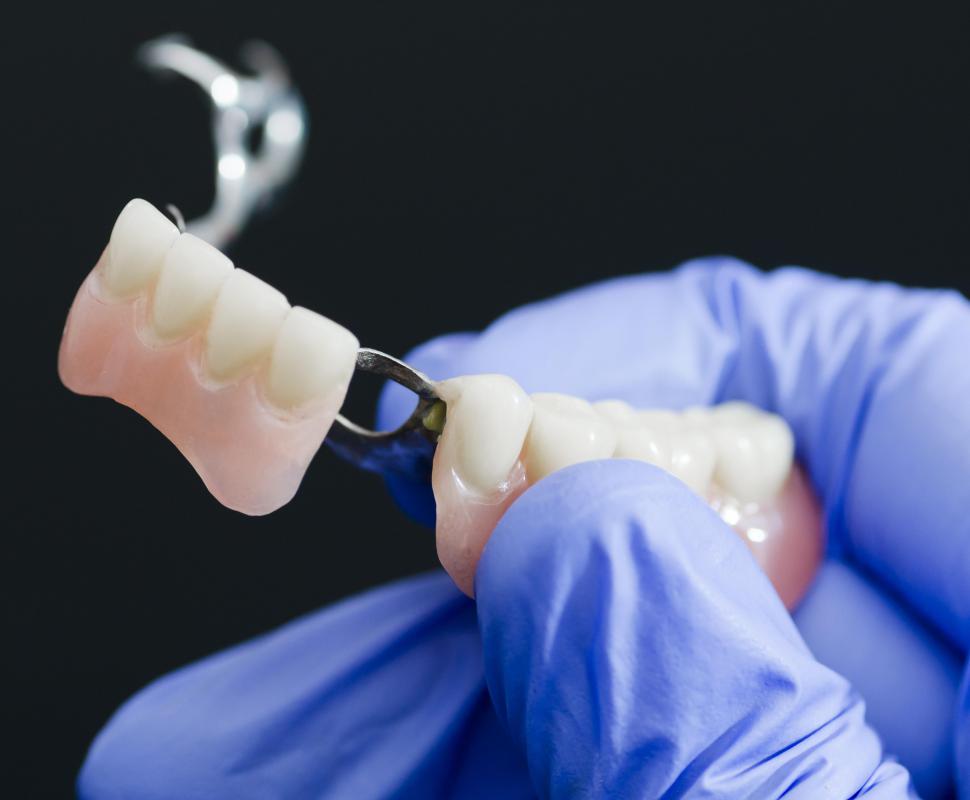At WiseGEEK, we're committed to delivering accurate, trustworthy information. Our expert-authored content is rigorously fact-checked and sourced from credible authorities. Discover how we uphold the highest standards in providing you with reliable knowledge.
What is the Recovery Position?
The recovery position is a posture in which an unconscious person is placed to make sure that he or she can breathe normally. There are some variations on the position, but the basic posture includes lying the person on her side with the head resting on the arm. The recovery position ensures that the unconscious person's airway doesn't become blocked and the chest can expand freely. It's usually used when a person is breathing and has a pulse but isn't otherwise responsive. One individual can usually put an unconscious person in the recovery position by herself.
There are a number of situations in which the recovery position can be used. These could include instances in which a person has had a heart attack but no longer needs resuscitation or has lapsed into a diabetic coma. In such cases, the tongue, vomit, or even dentures can enter the airway. In the recovery position, vomit or other discharge drains away and the tongue won't fall back into the throat.

To put an unconscious person in the recovery position, a person should first kneel beside the person. He should then remove the person's glasses if the person is wearing them, loosen tight collars or ties, and make sure that the legs are straight. With the unconscious person lying on his back, he should extend the nearest arm and bend it at the elbow. He should place the forearm parallel to the head with the palm facing up. This arm will help to support the head.

Next, a person should take the far arm and bring it across the chest. She should then position that arm so that the back of the hand is lying against the person's cheek nearest to her. Next, she should lift the far leg so that it is bent and the foot is resting on the floor. Then, making sure that the back of the hand remains against the cheek, she should pull on the bent leg and roll the person toward her. In the final position, the unconscious person's head rests on the back of the hand, supported by the arm underneath.

Once in the final position, a person should bend the upper leg at the knee to support the lower body. This will also keep the unconscious person from rolling onto his stomach. The conscious person should watch the person's breathing and pulse until help arrives.
In some cases, there may not be enough space to put an unconscious person in the recovery position. If this happens, the conscious person should check the airway for any obstructions and continue to watch the unconscious person's breathing. People who are likely to have broken bones shouldn't be moved until help arrives.
AS FEATURED ON:
AS FEATURED ON:













Discuss this Article
Post your comments